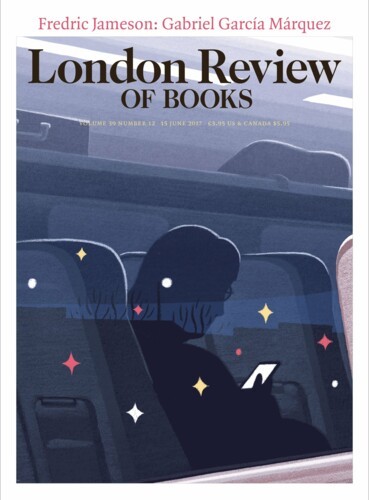I ain’t afeared
Marina Warner: In Her Classroom, 9 September 2021
“... as I did in the country of my skin, all the methods I used had to be acceptable to white observers.’Black Teacher was met with hostility when it first appeared. Gilroy was accused of boasting and of exaggerating the prejudice she had faced; for her part, she complained her account had been softened in the editing. In To Sir, with Love ... ”
